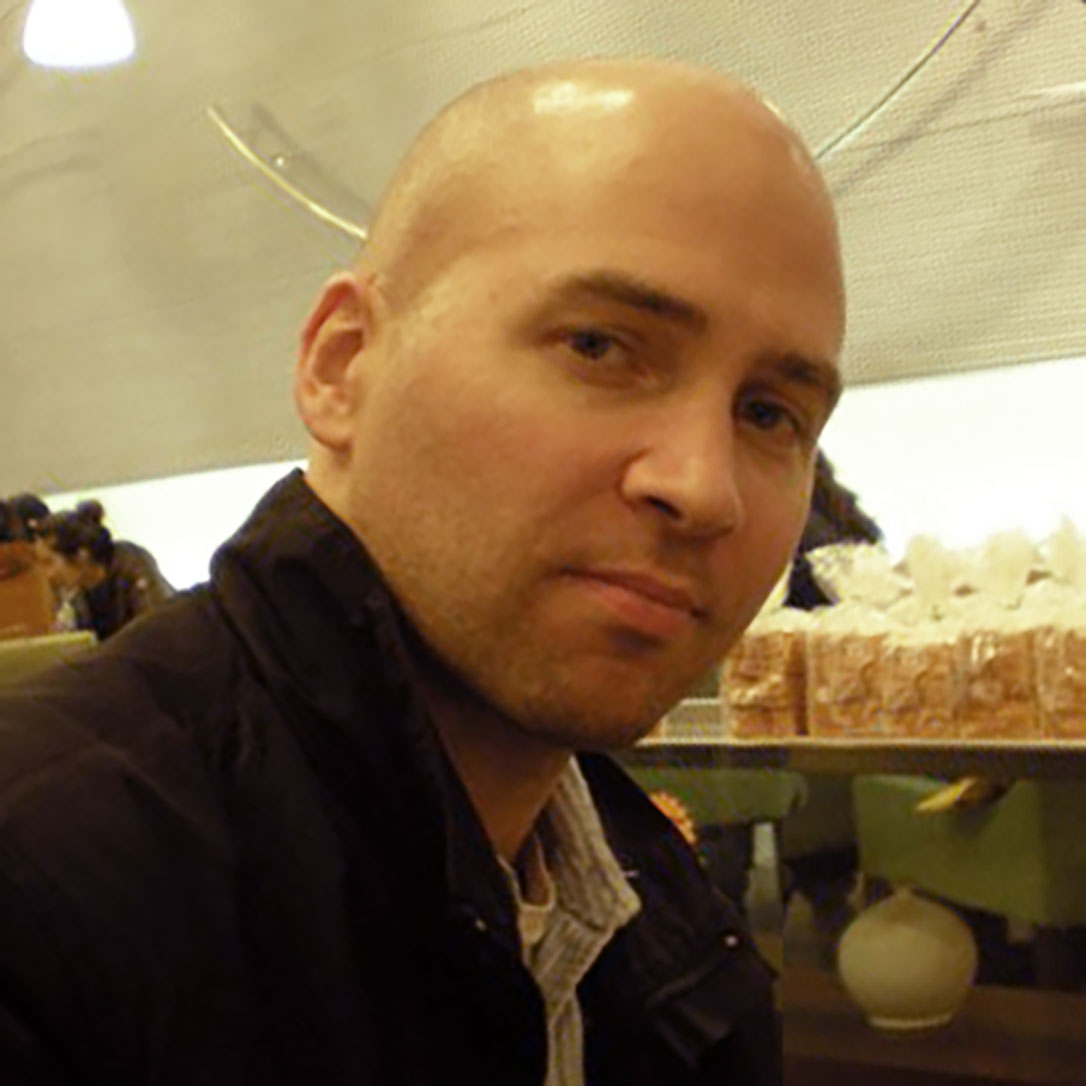In the early 1990s, a powerful new trend swept through American youth sports. Seemingly overnight, kids across the country began receiving trophies, awards, and accolades not just for winning or placing, but merely for showing up.
“Participation trophies” were a cultural phenomenon, and have since become shorthand for the often disastrous consequences of weaponized good intentions. These shiny symbols of sameness quickly became ubiquitous throughout suburban America, adorning mantles and bedroom shelves from coast to coast, injecting its woo-woo pseudoscience into the DNA of a generation-and-a-half of American kids.
This phenomenon wasn’t foisted on our culture by accident. It began in the bowels of California academia, championed by a childless progressive politician with grandiose ideas about human nature, the role of government, child psychology, and the “proper” way to raise the nation’s children.
That politician’s name was John Vasconcellos.
The Birth of a (Very) Progressive Idea.
Vasconcellos, a lifelong Democratic Assemblyman and State Senator from San Jose, was a devout believer in what he called the “politics of trust,” and spent his entire career relentlessly pushing progressive societal reforms rooted in alternative “humanistic” psychology. Vasconcellos believed the government had a duty not just to manage policy and budgets, but to shape the thoughts, feelings, and lives of citizens. In his mind, emotional health and government were inexorably intertwined.
Born in 1932, Vasconcellos served over 30 years in the California legislature. He championed progressive ideology and pushed statist policy ideas long before they became fashionable: affirmative action, gender ideology, climate change, DEI/SEL, and even advocated for voting rights for kids via what he dubbed the “Training Wheels for Citizenship” bill.
One of Vasconcellos’s core beliefs was that the individual should be subjugated to the collective for the sake of social harmony. He was convinced that government-mandated inner peace would radiate outward as civic virtue, and to justify this worldview he framed America as moving through seven major “cultural revolutions”—in gender, race, age, economy, technology, communication, and self-esteem—and insisted that these shifts required state-led solutions rooted in compassion.
To his admirers, Vasconcellos was a kindhearted reformer. To his critics, he was a dangerously naïve snake oil salesman who was projecting his own personal demons onto the rest of society.
As the Los Angeles Times pointed out, Vasconcellos was…
“Driven by profound inner confusion, he devoured nearly 100 self-help books and entered years of psychotherapy, mostly based on the principles of humanistic psychology. As he worked with bioenergetics expert Stanley Keleman, he later said, his long-repressed anger, principally at his unloving father, flooded out, sometimes during legislative sessions.”
Vasconcellos’s most lasting legacy began in the late 1980s, with the birth of the “Self-Esteem Movement.” He argued that low self-esteem was the root cause of most social problems: crime, substance abuse, academic failure, poverty, and even racism. His theory was that if the government could just boost its citizens’ confidence…society would automatically become more “just” and compassionate.
And because these ideas were wrapped in compassion and optimism, his efforts were very difficult to oppose without sounding cold-hearted or regressive.
A California Dream Becomes a National Nightmare
California in the late 1980s and early 1990s was a hotbed of experimental far-leftist theory, often serving as a test market for policies that would later gain traction in the rest of the country (whether they were successful or not). Despite being a hard-core Democrat, and despite early pushback against his ideas, Vasconcellos managed to persuade the conservative California governor, George Deukmejian, to sign off on the formation of the California Task Force to Promote Self-Esteem and Personal and Social Responsibility—an expensive psychological and emotional initiative that aimed to reshape society by boosting individual self-worth through state-endorsed measures.
But not everyone was on board. A few Republican lawmakers rolled their eyes at the touchy-feely language of the task force but otherwise acquiesced due to social and media pressure. Some educators and mental health professionals, even in left-leaning California, warned that the link between self-esteem and social outcomes was not as causal as Vasconcellos made it out to be. Some on the academic left even questioned whether emotional well-being could really be engineered through policy. But the optics were irresistible: who wouldn’t want children to feel better about themselves? Who would dare stand in the way of promoting empathy, inclusion, and personal worth?
Confidence as a Cure-All
The task force’s final report, released in 1990, is essentially a progressive manifesto. It stated that improving self-esteem was not just a matter of personal well-being, but a kind of “social vaccine” that could prevent a host of societal ills. It was infused with the burgeoning hypertensive ethos of the time: nurture instead of discipline, empathy over discipline, and inclusion at the expense of ability and merit.
Remember, this was the tail end of the 1980s, and psychology and public policy were beginning to meld in our culture. Oprah Winfrey was rising, “therapy-speak” was entering the mainstream, and in California—the premier laboratory of leftist experimentation—Vasconcellos’s ideas were immediately embraced by the extremely powerful education, media, and child development industries. Self-esteem became more than a concept; it was a cause célèbre.
Almost immediately, the nascent Self-Esteem Movement ballooned into nationwide dogma. Youth sports adopted it first, doling out their now-iconic participation trophies to every player regardless of merit. Schools quickly followed suit, reframing scores, grades, and even discipline through a purely therapeutic lens. Parenting books flew off the shelves, urging moms and dads to praise everything and correct nothing. Soon, the message to the nation’s children was clear: you are a winner just for being alive and present. No need to work harder, compete, or overcome obstacles in order to learn or succeed because you are a special flower.
But in trying to make every child feel like a success, we made it much harder for them to actually become one.
Pseudoscience Goes Primetime
It’s important to point out the massive role our media and entertainment complex played in normalizing and promoting these progressive ideas. Daytime TV talk shows like The Today Show, Good Morning America, and The Oprah Winfrey Show regularly featured segments with child psychologists, parenting coaches, and motivational speakers who not only endorsed the concept, but vilified those who questioned it as “old-fashioned,” or even cruel.
In one People magazine feature from the early 1990s, titled “Building Kids’ Self-Worth,” multiple experts argued that competition was harmful to childhood development and that children should be praised constantly to build up their self-image. TIME ran a cover story in 1991 highlighting the national “self-esteem boom,” celebrating Vasconcellos’s task force and featuring interviews with school counselors who were shifting from grades to “growth markers.”
Empathy Becomes Policy
What made this movement so powerful, and insidious, was its progressive underpinnings. The Self-Esteem agenda aligned perfectly with the broader cultural momentum toward the politically bulletproof concepts of inclusion, anti-bullying, emotional safety, and even political correctness.
For almost a decade, Vasconcellos’s promises of a “better world” were gospel among America’s leftist institutions, educators, journalists, and policymakers.
The idea of engineered empathy wasn’t just popular—it was institutionalized. Framed as accepted science, these self-esteem-based programs became self-perpetuating with massive state and federal grants awarded to programs that promised to boost confidence and cohesion. What started as the quirky pet project of a childless, progressive idealist quickly metastasized into cultural orthodoxy—adopted not because it worked, but because it felt right.
The Participation Trophy Era Arrives
Participation trophies were never directly mandated by Vasconcellos’s California Task Force to Promote Self-Esteem and Personal and Social Responsibility—but they became the perfect symbolic expression of its ideals. By the mid-1990s, participation trophies had become standard practice in many youth sports leagues, particularly in suburban America. Pay-to-play sports programs, which were themselves a byproduct of growing affluence and privatization, latched onto and even promoted the trend. Parents desperately wanted their children to feel included, and coaches didn’t want to deal with the drama of community politics and upset families. And leagues saw money: happy customers are paying customers.
Parents—especially dual-income households—saw sports as structured, supervised environments in an era of rising concern over the previous decade’s “latchkey kids.”
Trophies also got cheaper to produce. So kids got more of them. Awards ceremonies became photo ops, creating more business for photographers and printers.
To be fair, the idea of participation trophies had been around for a while, but never to this extent. Their defenders claim they can encourage young kids to stick with activities, soften early failures, and even support emotional development during the most formative years. But the Self-Esteemers didn’t just resurrect the concept of participation trophies—they institutionalized it, embedding the idea into schools, sports, and parenting culture at scale. Sending the unmistakable message to the nation: winning isn’t everything. Or even necessary.
Blowback
By the early 2000s, skepticism of participation trophies, and the larger Self-Esteem Movement began to creep in. Conservative commentators, stand-up comedians, and youth coaches began openly mocking the participation trophy phenomenon. This is when Millennials became a national punchline: spoiled little snowflakes who couldn’t handle a bad grade, needed constant praise, and perceived minor disagreement as grave harm.
And by the late 2000s, a wave of research began to emerge showing that unearned praise creates children who are less curious, more risk-averse, more narcissistic, and less capable of handling normal setbacks. The exact opposite outcomes than were promised.
Jonathan Haidt, in The Coddling of the American Mind, identified these exact types of overprotection and false affirmation as central problems in youth development. Haidt argues that children are “anti-fragile”—and actually grow stronger through adversity, not by being shielded from it.
In a widely shared Reason Magazine article titled “The Fragile Generation,” Haidt and co-author Greg Lukianoff directly tied the self-esteem movement to increased rates of anxiety, depression, and fragility among young adults. Resulting in an inability to engage in civil discourse, a fear of free speech and new ideas, and a dependence on institutional protection against being “uncomfortable.”
What “The Science” Really Said
Ironically, the psychological research on self-esteem was always more nuanced than the task force made it seem. Correlation does not equal causation, and by the late 1990s, a growing number of studies showed that high self-esteem doesn’t cause success. It results from it.
Praise that is unearned backfires, making children less motivated, less curious, and more likely to just give up when they face even minor challenges. Vasconcellos’s obsession with self-esteem had created an emotional house of cards. And by the 2010s, even the most progressive educators began to distance themselves from his disastrous approach.
Vasconcellos’s Later Years and Legacy
John Vasconcellos retired from politics in 2004 and passed away in 2014 at the age of 82. He is celebrated in Democratic circles as one of the most “successful” politicians in California’s history. But the unintended consequences of his vision created a generation less prepared for failure, less resilient to adversity, and more anxious than any other generation in modern history. It also became a multi-billion-dollar industry that took decades to unwind.
Progressivism often confuses good intentions with good outcomes. And their participation trophies weren’t just harmless, plastic souvenirs—they were symbols of a deeply broken ideology. A delusional worldview. The nationwide policies born of John Vasconcellos’s utopian theories weren’t harmless overreach; they were a generational catastrophe.
Sources & Further Reading
• Self-Esteem Task Force Gets Down to Grass Roots – Los Angeles Times (1987)
• The Unsettled Self-Esteem of John Vasconcellos – Los Angeles Times (1987)
• Self-Esteem Movement Gains Mainstream Respect – Los Angeles Times (1996)
• John Vasconcellos Dies at 82; Father of California Self-Esteem Panel – Los Angeles Times (2014)
• It Was Quasi-Religious: The Great Self-Esteem Con – The Guardian (2017)
• How the Self-Esteem Craze Took Over America – The Cut (2017)
• 20 Years Later: Self-Esteem Movement Was Utopian Hucksterism – Pacific Research Institute (2009)
• John Vasconcellos – Wikipedia
• The Fragile Generation – Reason Magazine (2017)
Join the conversation:


Published under a Creative Commons Attribution 4.0 International License
For reprints, please set the canonical link back to the original Brownstone Institute Article and Author.









